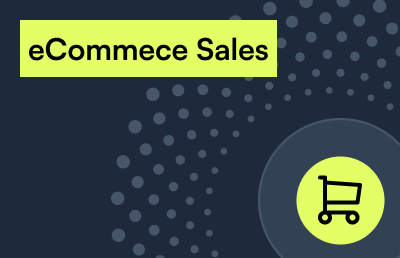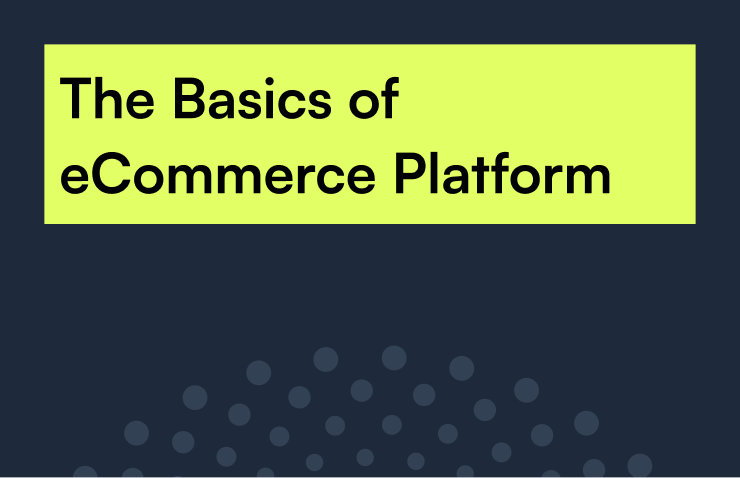 So we asked our partners, we asked some of our merchants that we worked with before on some of the things that they want, they kept in mind during their migration. And I think we got some, some very fairly solid advice here.
So we asked our partners, we asked some of our merchants that we worked with before on some of the things that they want, they kept in mind during their migration. And I think we got some, some very fairly solid advice here.
Only Bring Over What’s Needed
Migrate only what is absolutely needed. Time and time again, we see that start with the idea that they want to migrate everything that is in the old system. Anything from products, to orders to customers, and orders from 10 years back. And often we find that is not really necessary. It might be OK to just migrate the current customers. The customers that are still active orders of the last six months or that are eligible for returns, for example. And again, also with the catalog, there might be a lot of collections from previous years so that aren’t even being sold anymore. So it’s is good to be picky when migrating your data.
Migrate data early and often
Migrate data early and often. We generally recommend to set up Shopware 6, and the first thing to do is to make sure that you move the data from your old platform into the new Shopware 6. And like I said, our data migration tool supports delta migration, which means that you can do a first initial migration and then keep updating it throughout the development process. This will help with shaping the new shop in a better way. It also will mean that it’s built that’s when you once you actually go live. So you already have your data in there you’re sure that you covered all the edge cases that prevent you from having some nasty surprises. The data of migration and CSV import tool are great for flat data.
Data migration tool
The data migration tool can handle a bit more complex data, but in general, we recommend that for very complex data, it’s better to create an API integration and leverage those APIs. Simply because there are more safety measures, it’s more structured and easier to work with. It’s a bit more fault-tolerant. So that’s highly recommended. And some of the common challenges that we’re seeing in many projects is the first one is, for example, incomplete or inconsistent data. This goes back to what I said about migrating data that might be 10 or 15 years old. We’ll find that, for example, the database structure changed throughout this time, so we might be missing some fields. Or, you might be missing some data when migrating data means that our new shop is already starting with an issue in the data. It’s generally something that we might want to fix in an in-between layer to make sure that the data consistency is correct, then changes in features and approach in the architecture between the platforms. We have to keep in mind that migrating from your old platform to a new Shopware 6 platform architecture is simply different, and we might be trying to address different business challenges. We might have changed features since our processes have changed or since there are new opportunities to benefit from. So it makes sense to really think about the here migrating and see if it still makes sense to migrate that in that form.
Single Source of Truth
And then the last one, this multiple sources of truth. So one thing that can be a challenge is, for example, to migrate all your customers from your old store to your new store. But then also having an ERP system where we might migrate some, some customer data. From that point, we get multiple sources of truth. We should always be one in the lead. So, so really, think of the source that you want to use for your data. Different entities, different approaches. Some data is very flat, it’s easy to import through the CSV and others we might want to do through the API layer. And actually, what we’ve seen is that for catalog data, so for categories, products, properties, and property values, it makes a lot more sense to actually use a PIM for that. So what we’ll do there is connect the product information management system first to the old system, pull out the whole catalog, clean it up, make sure that the data is refined, that the data is complete and then push that into Shopware 6.
Product Data
In general, I would highly recommend having the product information management system there simply because it makes the management of products so much easier. Then customers, newsletter subscription, promotion codes – that’s a lot easier to do through the data migration to or even the CSV import tool. This is fairly flat data and should be easy to import. Do keep in mind that the data has to be consistent and has to be complete, right? So we need an address, we need the voucher code for the promotion and so on.
Order Data
And the order history, only if absolutely needed in general, it doesn’t make sense to do imports years and years of order history, if no one is using it. So first check if people are actually looking at their old orders and if so, what for are they doing it just to see which products they ordered? Maybe we can find another way to give them that information or are they using it, for example, for returns? Might take your customer services only using to order history, in that case might even make sense to either pull it into an ERP system or leave it into the old system and have that available, for a while, for your customer service.
Those are some of the recommendations that I want to give you on your next migration project. If you have any questions about migrations, about the tools that we’re using, about our approach, feel free to reach out. We’re happy to talk to you. And good luck with your migration.



